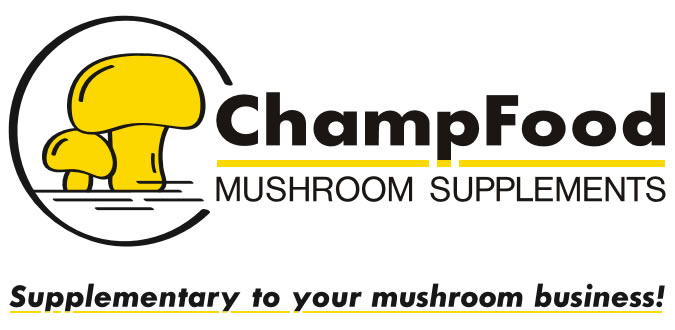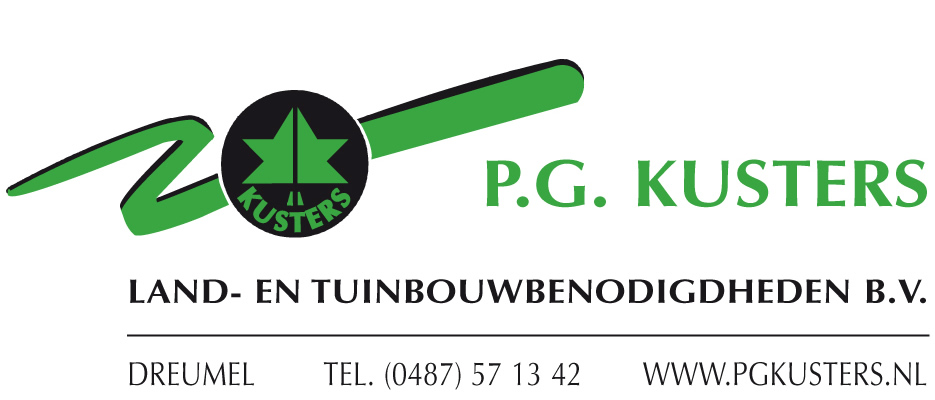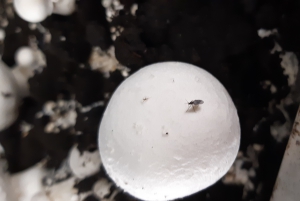
Akkie's Tuin
I am losing my quality
Oct 28,
2019
Imagine the third picking day of a first flush. In the morning the pickers are picking a beautiful mushroom. Around noon the mushrooms are starting…
Recognise, isolate and control
Aug 21,
2019
These three principles are the base of disease control on a mushroom farm. To my opinion there is no farm that has not a spot…
Just in time delivery
Jun 19,
2019
A sentence often heard in logistical companies but even more nowadays in mushroom growing.Due to short schedules, labour management and supermarket requirements timing in the…
Mycelium, not always your best friend
May 08,
2019
Too often there are problems with second flushes. The first flush is rather normal but not extra-ordinary. The problem starts showing on the third harvesting…
New Blogger Akkie's Tuin
Apr 23,
2019
We are very happy to announce that Henk van Gerwen has joined our team as a new Blogger. Henk has a broad and deep knowledge…






















